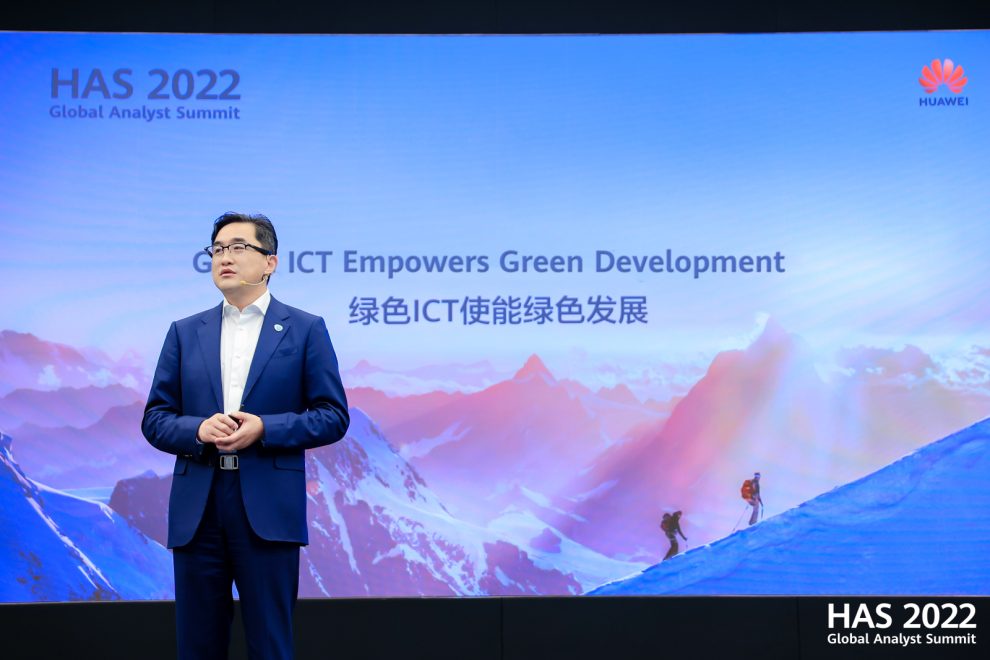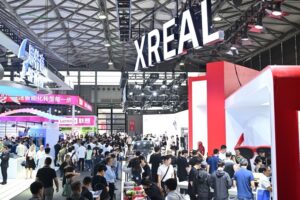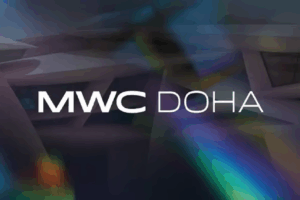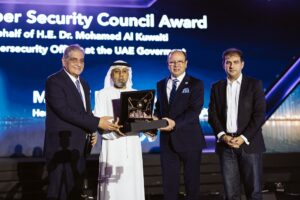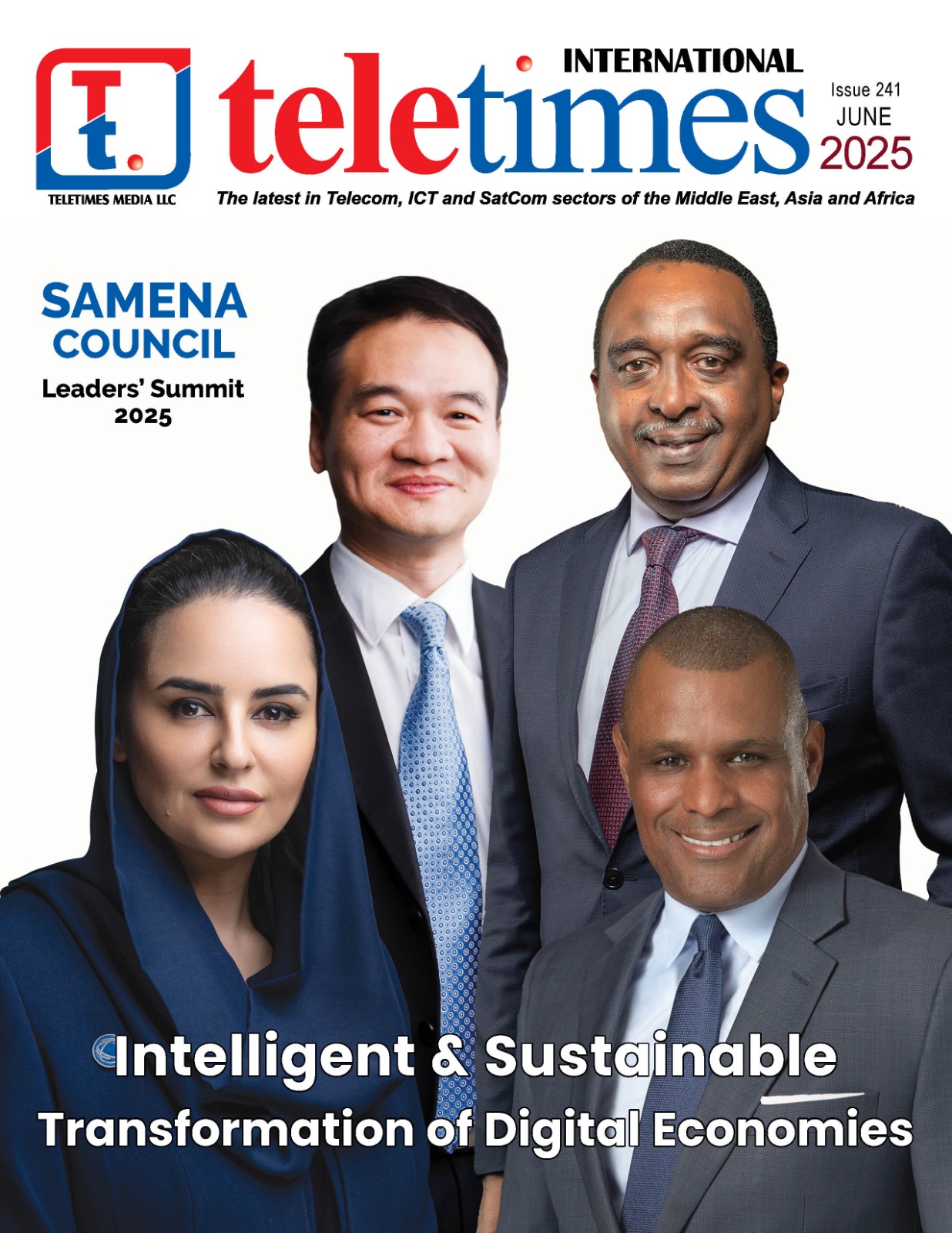At the recently concluded Huawei Global Analyst Summit 2022 (HAS 2022), Kevin Zhang, CMO of Huawei’s ICT Infrastructure Business presented Huawei’s Green Development 2030 report during the “Green ICT Empowers Green Development forum”, which was attended by analysts, experts, scholars, and journalists from around the world. The report systematically outlines how ICT can empower green development.
The report comes at a crucial time when carbon neutrality has become a shared mission for the entire world. According to the World Economic Forum, ICT is expected to help other industries cut carbon emissions by 12.1 billion tons by 2030, with more than 1.8 billion tons of this being in the energy sector alone. In terms of power generation, the International Energy Agency (IEA) predicts that the adoption of digital technologies could reduce annual power generation costs by 80 billion US dollars between 2016 and 2040, equal to 5% of the total global cost of power generation.
In line with this, Huawei Digital Power was established to develop the digital power business and accelerate its growth in June 2021. It is committed to integrating digital and power electronics technologies, developing clean power, and enabling energy digitalization to drive energy revolution for a better, greener future. By the end of 2021, Huawei Digital Power had helped customers generate 482.9 billion kWh of green power and save about 14.2 billion kWh of electricity. These efforts have resulted in a reduction of nearly 230 million tons in CO2 emissions, equivalent to planting 320 million trees.
In the Middle East, Huawei is playing an instrumental role in the Red Sea Project, a key part of Saudi Vision 2030. It is the world’s largest microgrid energy storage project. Huawei is providing PV and storage solutions for this project, including a 1,300 MWh energy storage system and a 400 MWp PV system. This project will see the construction of the world’s first city to be powered solely by PV with energy storage, which will supply power to one million people.
The Green Development 2030 report is the latest in a series of Intelligent World 2030 reports that systematically present Huawei’s outlook on the future, and provide a general blueprint for the ICT industry’s development and how it can contribute to other industries. The report is developed based on the industry insights and best practices Huawei gathered over the years, and supplemented by input from nearly 100 industry experts and more than 30 third-party organizations including policy makers, associations, think tanks, and enterprises.
The Green Development 2030 report focuses on how digitalization and decarbonization can drive green development, as well as potential applications of green ICT in key industries by 2030. Of note are the six outlooks outlined in Green Development 2030 report, namely,
1. Renewables go mainstream: More than 50% of electricity will come from renewable energy. The share of electricity in global final energy consumption will increase to 30%. The global installed capacity of energy storage systems is expected to increase by 20-fold.
2. The industrial sector will go green: Every 10,000 workers will work with 390 robots.
3. Comprehensive electrification in transportation: There will be 145 million new energy vehicles and 100 million private charging piles worldwide.
4. Future buildings will operate at net-zero carbon: All new buildings are expected to operate at net-zero carbon by 2030, with all buildings expected to be net-zero carbon by 2050.
5. Green digital infrastructure is becoming a basic requirement: Digital infrastructure will be 100 times more energy efficient by 2030.
6. Low-carbon living is gaining traction: The global telemedicine market is expected to increase by over 10-fold. China’s online education is expected to increase by about 23-fold. One billion users will take virtual tours.
The report also explains the three main pathways that future ICT innovation should pursue to empower green development: improving the energy efficiency of digital infrastructure, increasing the share of renewables in electricity generation, and enabling green industries. This will provide insights for green development efforts worldwide.
During his speech at the forum, Zhang said, “Digitalization and decarbonization reinforce each other and jointly drive green development. ICT will be key to both digitalization and decarbonization processes. As a leader in ICT innovation, Huawei is committed to building green ICT infrastructure, accelerating the development of renewable energy, and improving energy savings and emission reductions in a wide range of industries. This is how we hope to promote sustainable development within our society at large.”
The President of Huawei’s SingleRAN Product Line Aaron Jiang also spoke at the forum, explaining Huawei’s practices to build networks with both optimal performance and high energy efficiency, saying, “Huawei’s green 5G solutions are using intelligent technologies to improve the energy efficiency of base stations, and reduce energy consumption across whole networks.”
The forum was attended by a number of industry representatives from the Global Enabling Sustainability Initiative (GeSI), China Mobile, State Grid Yancheng Power Supply Company, BYD, etc. They spoke on their organizations’ own roadmaps and best practices for empowering green development with digital technologies.
Closing out his speech, Kevin Zhang reiterated Huawei’s commitment to collaboration and to using green ICT to empower green development, saying that Huawei would work to provide products with higher energy efficiency and lower energy consumption, use bits to manage watts, and shift from carbon footprint to carbon handprint, to drive the green development for the whole world.


